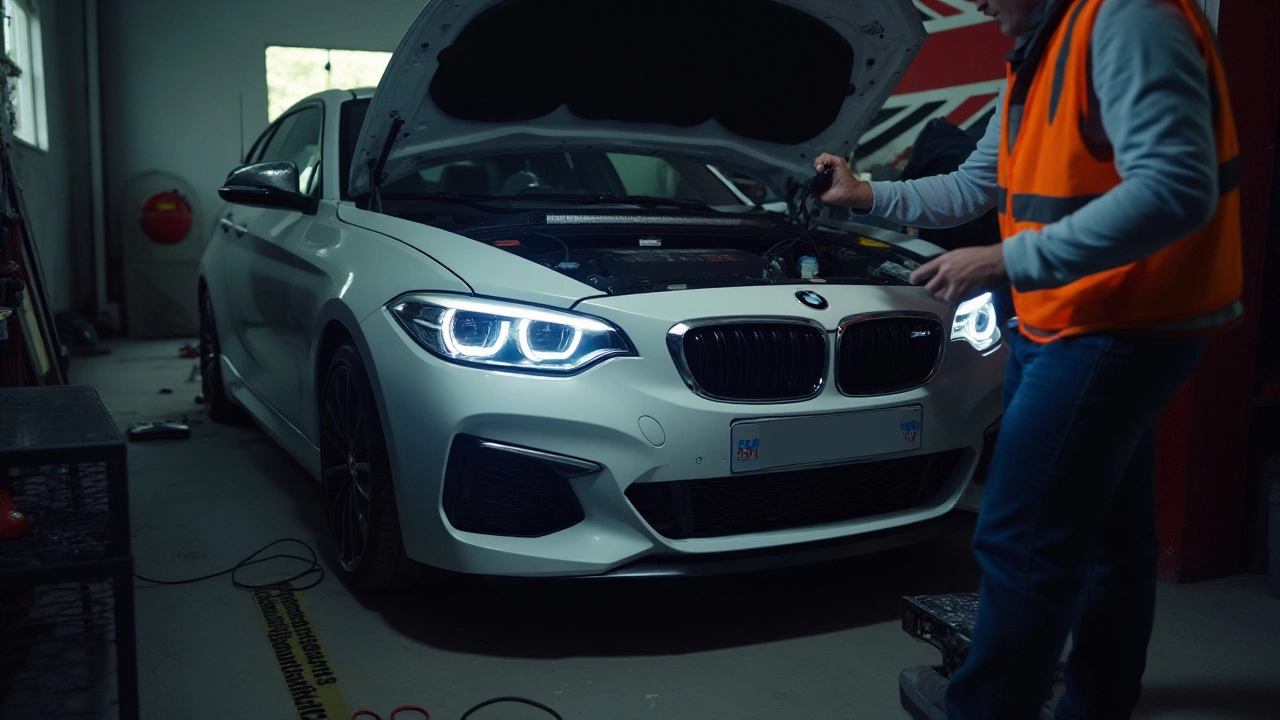Headlights Troubleshooting – Quick Fixes for Dim, Flickering & Burnt Out Lights
Your headlights look dull or they flicker at night? Most of the time the problem is simple and you can sort it out at home. Below are the most common causes and what you can do right now to get your lights shining bright again.
Check the Bulbs and Connections
First thing to do is inspect the bulbs. Even if they still glow, the filament can be wearing out and cause a weak beam. Pull the bulb out, look for dark spots or a cloudy glass. If it looks old, replace it with the same type – halogen, HID or LED – that the car originally had.
While the bulb is out, wiggle the connector plug. A loose or corroded connection is a frequent reason for flickering. Clean any rust with a bit of electrical contact spray and push the plug back in securely. A tight connection means the bulb will get steady power.
Power Supply and Ground Issues
If the bulbs are fine but the light still drops, the problem might be the wiring or grounding. Locate the ground strap near the headlight housing – it’s usually a black wire with a bolt. Make sure the bolt isn’t rusted and the strap is firmly attached to clean metal. A poor ground can make the light dim or cause it to go out completely.
Next, check the fuse. The owner's manual tells you which fuse protects the headlights. Pull the fuse out and look at the thin metal strip inside. If it’s broken, replace it with a fuse of the same amperage. A blown fuse is a quick fix that many drivers overlook.
For cars with automatic headlight leveling or adaptive lighting, a sensor can fail and trigger odd behavior. These sensors are usually behind the headlamp assembly. If you’ve tried bulbs, connections, ground and fuse and the lights still act up, it’s time to scan the error codes with a diagnostic tool or have a shop look at the sensor.
Maintenance Tips to Keep Lights Bright
Regular cleaning helps a lot. Road grime and bug splatters turn the headlamp lens cloudy, reducing light output. Use a mild soap and a soft cloth, then dry with a microfiber towel. For older plastic lenses, a polish kit can restore clarity.
When you replace a bulb, also check the headlight’s aim. A mis‑aimed light can look dim even if the bulb is new. Most cars have adjustment screws near the top and side of the housing. Turn them so the beam hits the road just right – not too high, not too low.
Finally, keep an eye on your car’s electrical system. A weak battery or alternator can cause lights to dim, especially when you’re using other accessories. If you notice the dashboard dimming along with the headlights, have the charging system tested.
Most headlight headaches are fixable with a few tools and a bit of patience. Start with the bulb, then move to connections, ground, fuse and finally the sensor or wiring. If you’ve tried everything and still can’t get a solid beam, it’s best to let a professional handle the deeper electrical work. Safe driving!
Switching to LED headlights can be a great upgrade for your vehicle, but they don't always deliver the brightness expected. This article delves into potential reasons why your new LED headlights might not be as bright as anticipated. Covering aspects like installation errors, bulb compatibility, and vehicle electrical systems, this article aims to help you troubleshoot these common problems. Learn useful tips to enhance headlight performance and enjoy the benefits of bright and efficient lighting.

